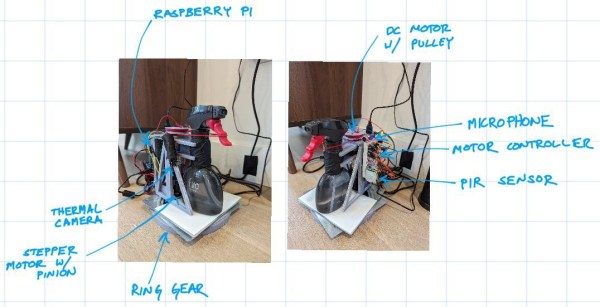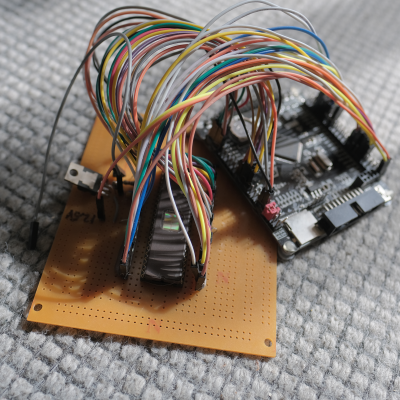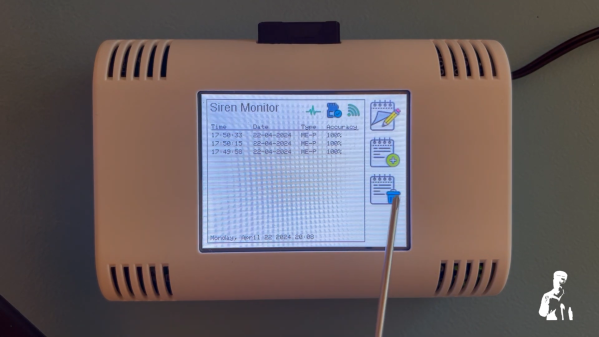We’ve all seen a million videos online with singing Tesla coils doing their thang. [Zach Armstrong] wasn’t content to just watch, though. He went out and built one himself! Even better, he’s built a guide for the rest of us, too!
His guide concerns the construction of a Class-E solid state Tesla coil. These are “underrated” in his opinion, as they’re simple, cheap, and incredibly efficient. Some say up to 95% efficient, in fact! It’s not something most Tesla coil fans are concerned with, but it’s nice to save the environment while making fun happy sparks, after all.
[Zach]’s guide doesn’t just slap down a schematic and call it good. He explains the theory behind it, and the unique features too. He uses an adjustable Schmitt trigger oscillator for the build, and he’s naturally given it an audio modulation capability because that’s a good laugh, too.
If you’ve ever wanted to convince you’re friends you’re incredibly smart and science-y, you can’t go wrong with a singing Tesla coil. This beats out Jacob’s ladder and most other plasma experiments for sheer mad scientist cred.
Have fun out there! Video after the break.
Continue reading “Build Your Own Class-E Musical Tesla Coil”





















